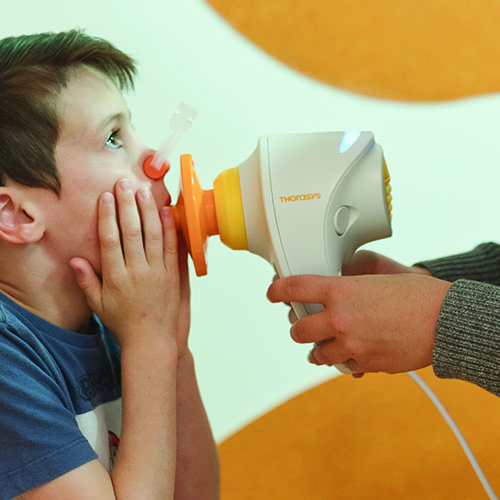Search
Research
Unstable SpO2 in preterm infants: The key role of reduced ventilation to perfusion ratioInstability of peripheral oxyhemoglobin saturation (SpO2) in preterm infants is correlated with late disability and is poorly understood. We hypothesised that a reduced ventilation to perfusion ratio (VA/Q) is the key predisposing factor for SpO2 instability.
Research
The relationship between intrauterine foetal growth trajectories and blood pressure in young adultsPrevious studies have reported an association between low birthweight and elevated blood pressure (BP) in adulthood, but few have examined the relationship between foetal growth and adult BP.
Research
Outcomes in extremely low birth weight (≤500 g) preterm infants: A Western Australian experienceExtremely preterm infant survival has significantly improved with advanced neonatal care; however outcomes of infants born with birth weight ≤500 g remain poor. We aimed to review outcomes of this cohort in our Institution.
Research
Unravelling the respiratory health path across the lifespan for survivors of preterm birthMany survivors of preterm birth will have abnormal lung development, reduced peak lung function and, potentially, an increased rate of physiological lung function decline, each of which places them at increased risk of chronic obstructive pulmonary disease across the lifespan.
Research
Postnatal steroids as lung protective and anti-inflammatory in preterm lambs exposed to antenatal inflammationLung inflammation and impaired alveolarization precede bronchopulmonary dysplasia (BPD). Glucocorticoids are anti-inflammatory and reduce ventilator requirements in preterm infants. However, high-dose glucocorticoids inhibit alveolarization. The effect of glucocorticoids on lung function and structure in preterm newborns exposed to antenatal inflammation is unknown. We hypothesise that postnatal low-dose dexamethasone reduces ventilator requirements, prevents inflammation and BPD-like lung pathology, following antenatal inflammation.
Research
Multipotent adult progenitor cells prevent functional impairment and improve development in inflammation driven detriment of preterm ovine lungsPerinatal inflammation increases the risk for bronchopulmonary dysplasia in preterm neonates, but the underlying pathophysiological mechanisms remain largely unknown. Given their anti-inflammatory and regenerative capacity, multipotent adult progenitor cells (MAPC) are a promising cell-based therapy to prevent and/or treat the negative pulmonary consequences of perinatal inflammation in the preterm neonate.
Research
Young adult outcomes following premature birth: A Western Australian experienceChildhood outcomes following preterm birth are widely published, however long-term adult outcomes are less well described. We aimed to determine the quality of life and burden of co-morbidities experienced by preterm-born young adults in Western Australia.
Research
Exercise training to address lifelong consequences of preterm birth: a survey of perceived needsThe identification of a COPD etiotype associated with preterm birth (COPD-developmental) has expedited calls for intervention strategies that may improve health outcomes for survivors of preterm birth (<37 weeks' gestation). Pulmonary-rehabilitation style training interventions achieve physiological and symptom improvement in older people with COPD, but whether similar training interventions are suitable for young people is unclear. We sought to understand the perceived need and requirements of an exercise training intervention for children, adolescents and adults born preterm.

A new study is helping to identify treatment options to improve the lung function of premature babies, after it was determined survivors of preterm birth were at risk of declining lung health.
Research
Diaphragm Function in Very Preterm Infants at 36 Weeks' Postmenstrual AgeUnderstand how bronchopulmonary dysplasia (BPD) and antenatal and postnatal factors influence diaphragmatic functional effectiveness in very preterm infants.
